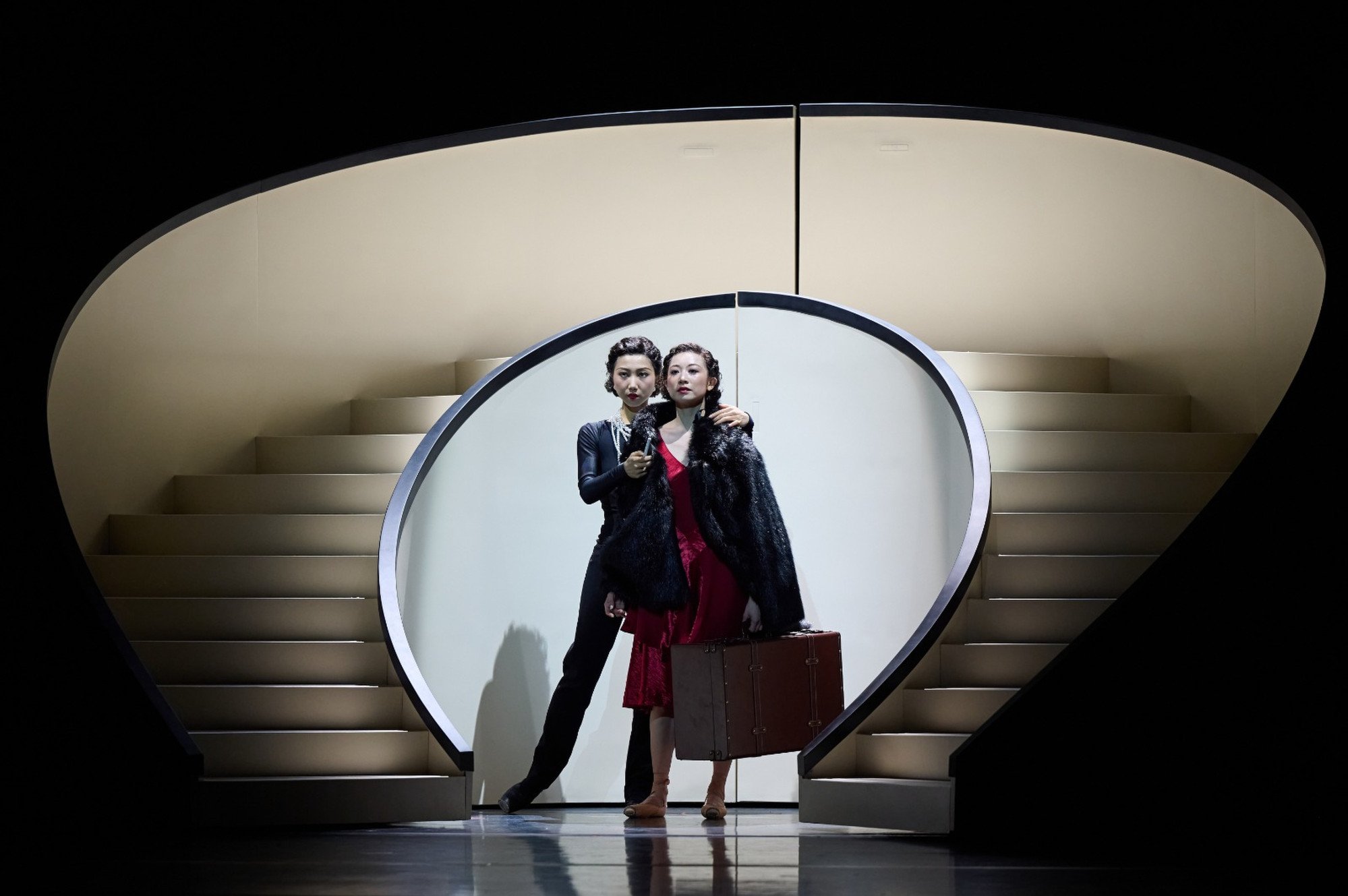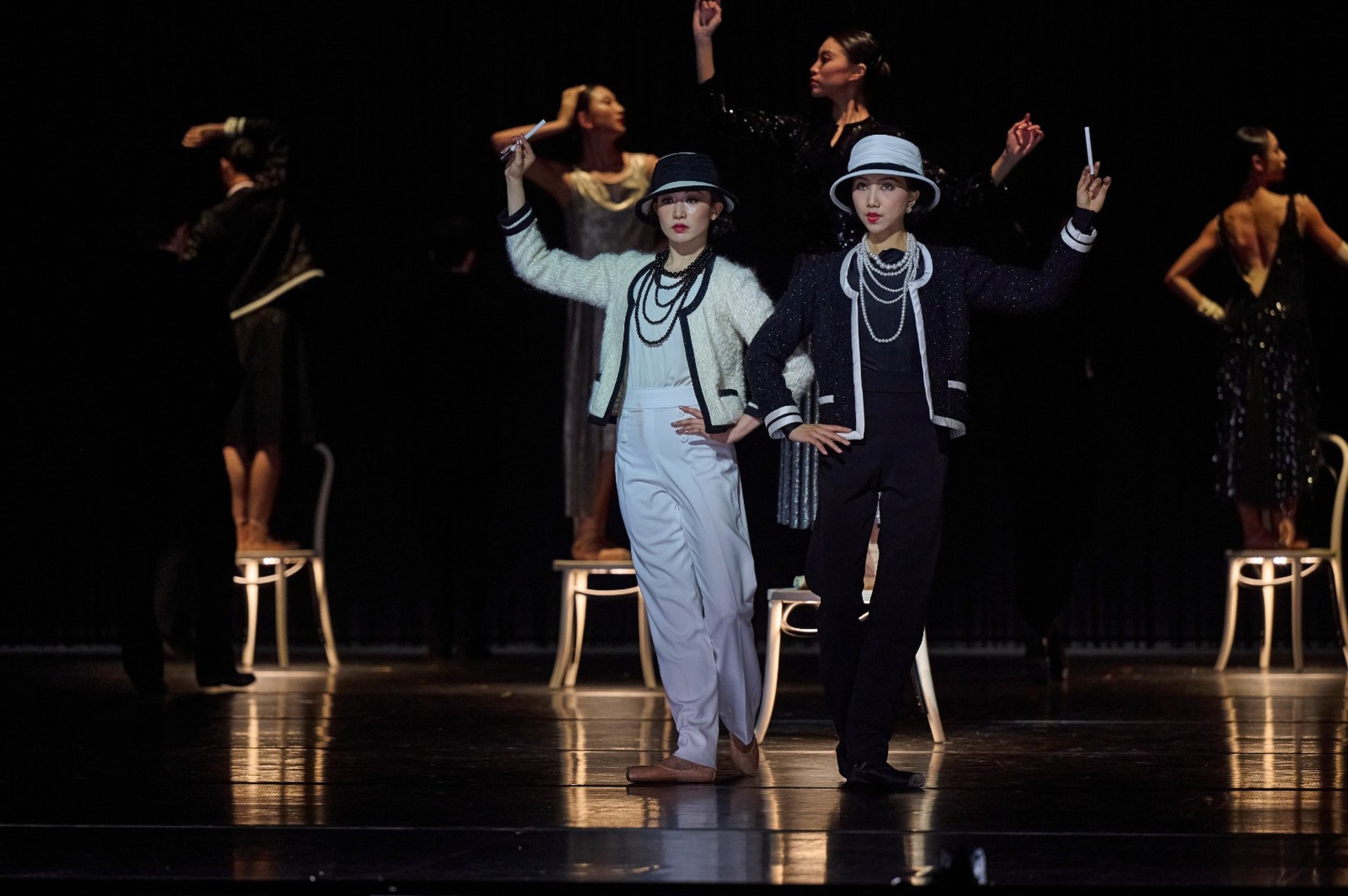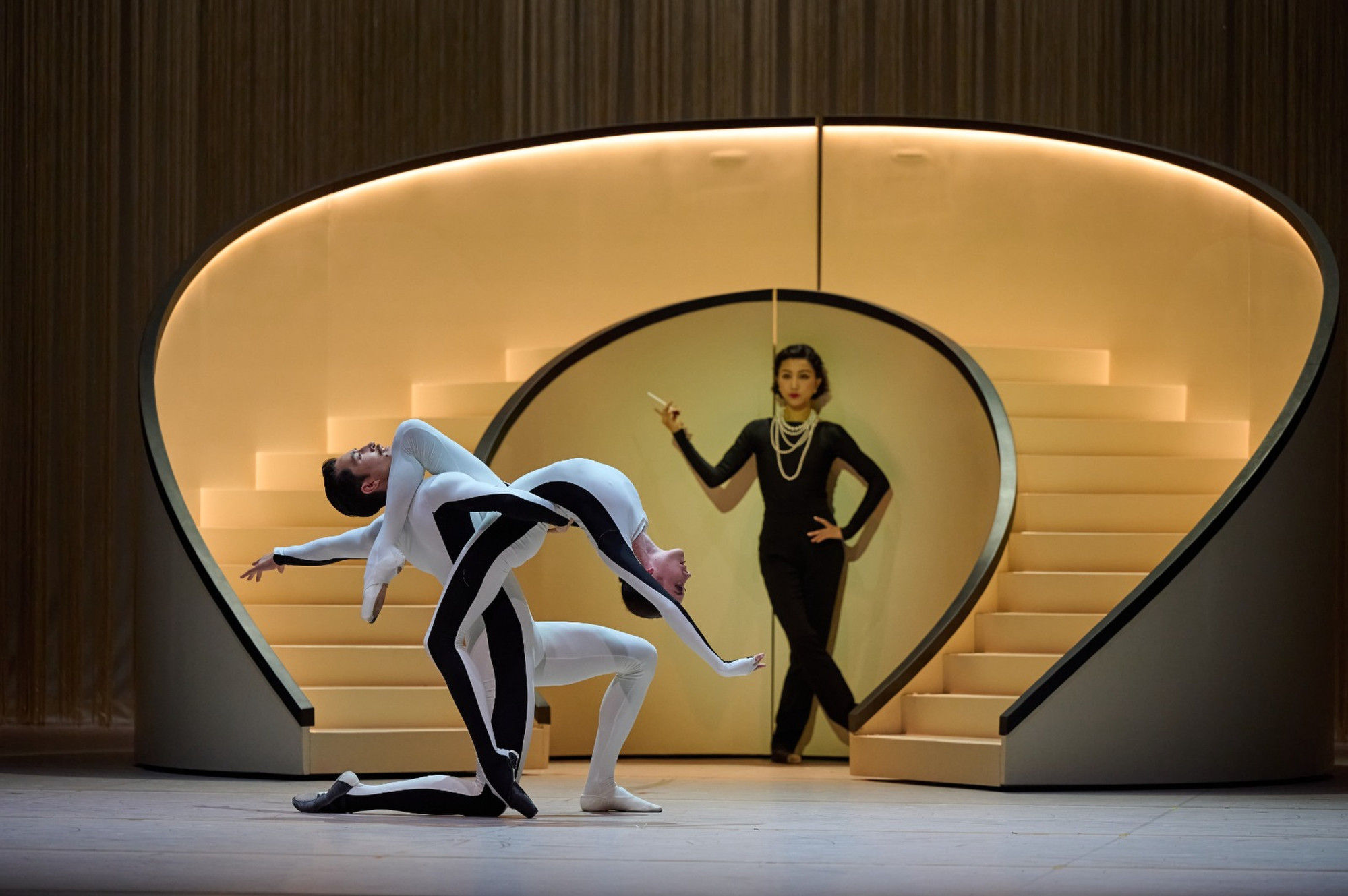
Review | Hong Kong Ballet’s Coco Chanel: the Life of a Fashion Icon disappoints despite beautiful visuals
- The costumes are ravishing and the sets elegantly minimalist, but Coco Chanel: the Life of a Fashion Icon struggles to generate emotional impact
- The story is difficult to follow unless you study the two-page synopsis in detail, while the dancing was mostly strong and convincing
Coco Chanel: the Life of a Fashion Icon is a new full-length ballet created for the Hong Kong Ballet by a top-notch international team: choreographer Annabelle Lopez Ochoa and her frequent collaborators, designer Jérôme Kaplan, composer Peter Salem and dramaturge Nancy Meckler.
Whether you see Gabrielle “Coco” Chanel as admirable, despicable or a mixture of both, she was a strong character. Disappointingly, this production does no more than skim the surface of her complex life.
For a ballet about one of the greatest designers of all time, the designs are a feast for the eyes. Kaplan’s costumes are ravishing, not only in their beauty and subtle homage to Chanel, but in the way they express character, mood and period.
His deceptively simple, elegantly minimalist sets are equally effective – the use of the two moving staircases is brilliantly imagined – and are enhanced by Billy Chan’s superb lighting.

The problem is that, while the work is visually stunning and Lopez Ochoa is clearly an accomplished choreographer, overall the production fails to engage the emotions.
Narrative ballet needs to generate emotional impact to succeed and it’s the fundamental human feelings – love, joy, anger, fear, grief – that pull the audience in.
However important Chanel’s contribution to fashion may have been, professional success is not something dance can easily convey, nor will it provoke an emotional response from the audience.
Salem’s score is mostly low-key, although it has some strong moments: the lyrical logo pas de deux and the drama of the fatal car crash involving Arthur “Boy” Capel, the great love of Chanel’s life, stand out.
There are also smartly incorporated references to Rite of Spring in the Stravinsky scene and Qui qu’a vu Coco, the song from which she got her nickname, in the cabaret scene.
Structurally, Lopez Ochoa and Meckler have adopted a similar framework to the 2009 film Coco Before Chanel. In the film, the older Chanel looks back on her early years; in the ballet a “Shadow” older Chanel accompanies her younger self and influences her decisions. Both film and ballet end with a fashion show representing Chanel’s triumphant return to fashion in the late 1950s.

By far the strongest sections of the ballet are those in the first half that deal with the relationship between Chanel and Capel. A duet involving the ingenious use of a moving table – also symbolic, as it is a table on which Chanel works – is beautifully done and genuinely moving.
So is the moment where the two lovers are separated as the staircases they stand on move apart from each other, presaging Capel’s death in the car crash.
Other choreographic highlights include the well-crafted pas de deux inspired by the creation of Chanel’s famous “double C” logo and strong group scenes for Chanel’s seamstresses – more clever use of moving tables – and the evocation of the Nazis as inhuman automata in the second half, with searchlights hitting the audience a powerful touch.

However, narrative ballet needs a clear story that is easy to follow – here you can’t understand what’s happening unless you study the two-page synopsis in detail, something few audience members can be relied upon to do.
Characters are underdeveloped, as the ballet crams in too much and moves too fast, jumping from scene to scene with little apparent connection. What was the point of the dancing sailors? It turns out that their outfits were an influence on Chanel’s early designs, but unless you know that, their appearance is bewilderingly random.
The scene where Chanel persuades actress Gabrielle Dorziat to take a new style of hat is largely duplicated in a second scene where she does the same with a new style of dress. Is the fact that Chanel started by selling hats and then moved on to clothes really that important in a ballet about her life?

And of course there is the whole question of how that life is portrayed. Taking factual liberties to present a specific scenario is not unusual in fictionalised biography but Lopez Ochoa and Meckler have made some odd choices – the creation of Chanel No.5 takes place before Capel dies, when in fact it was two years after his death.
An affair with Stravinsky – which not all sources agree took place at all and which was brief if it did – is shown, yet Chanel’s 10-year liaison with the Duke of Westminster, a key part of her life, is not referred to.
Presumably the intention is to make Chanel more sympathetic – an affair with a great composer is more appealing than one with a very rich man that brought her substantial financial benefits.

The decision to present the Jewish businessman Pierre Wertheimer and his deal with Chanel over Chanel No.5 purely from Chanel’s point of view is also questionable – the facts don’t support her obsession with the idea that he had cheated her, an obsession fuelled by her antisemitism, something the ballet does not address.
Moreover, the ramifications of a business deal are again something dance is ill-equipped to convey
On the first night, Yang Ruiqi danced well in the title role but was unable to bring the character to life. The next day, Ye Feifei’s acting experience, natural elegance and strong stage presence enabled her to make more of the role.


Alexander Yap was a convincing, commanding Capel and Henry Seldon managed to give Balsan some real personality. Gao Ge and Zhang Xuening were both impressive as the Shadow Chanel in their respective casts.
“Coco Chanel: Life of a Fashion Icon”, Hong Kong Ballet, Hong Kong Cultural Centre Grand Theatre. Reviewed: March 24 evening, March 25 matinee.

